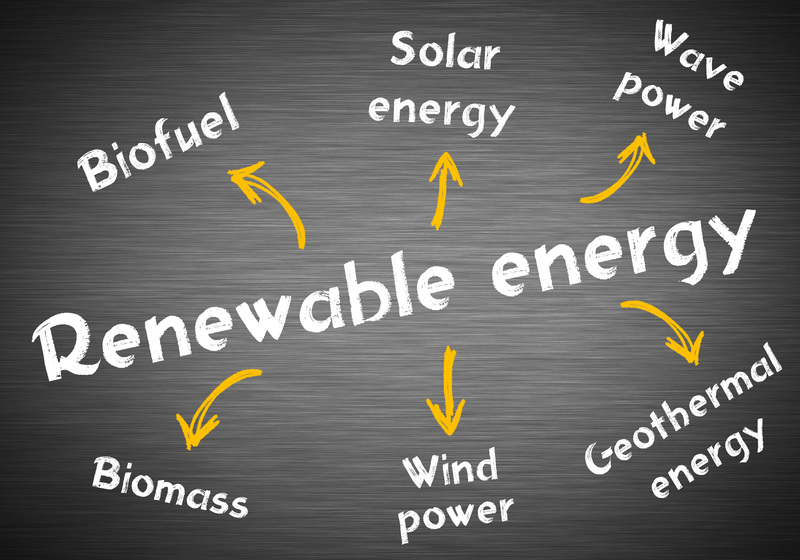Essential Steps for Responsible PPE Waste Disposal
The COVID-19 pandemic dramatically increased the use of Personal Protective Equipment (PPE) worldwide. Items such as face masks, gloves, face shields, and protective gowns became everyday essentials, not just for healthcare workers, but also for the general public. However, this surge also led to a mounting challenge: managing PPE waste responsibly. Improper PPE disposal has led to widespread environmental and health concerns, underlining the urgent need for comprehensive, responsible waste management strategies. This article explores essential steps for responsible PPE waste disposal and provides actionable advice to help curb negative environmental impacts.

Understanding PPE Waste: What It Is and Why It Matters
Before delving into the best practices, it's important to understand what constitutes PPE waste and why its disposal matters. PPE waste includes:
- Single-use face masks (surgical, N95, etc.)
- Disposable gloves (latex, nitrile, vinyl)
- Face shields and protective goggles
- Shoe covers, gowns, and head covers
These materials are typically made from synthetic fibers like polypropylene, a form of plastic that can persist in the environment for years. When disposed of irresponsibly, PPE waste not only clogs landfills but also ends up in oceans, waterways, and urban landscapes. This waste poses a significant threat to wildlife, can block sewage systems, and elevates the risk of disease transmission due to potential contamination.
Step 1: Segregating PPE Waste from Household Trash
Segregation is the cornerstone of responsible PPE disposal. Mixing used PPE with regular household or office trash increases the risk of cross-contamination. It also makes downstream processing and recycling harder, if not impossible.
Tips for Effective Segregation:
- Designate a Separate Bin: Use a clearly-labeled, lined container exclusively for used PPE items.
- Use Color Codes: Many organizations follow color-coded systems (such as red or yellow bags) to distinguish infectious or potentially hazardous waste.
- Educate Family Members or Employees: Make sure everyone within your home or workplace understands which items count as PPE and how to separate them.
Step 2: Proper Containment and Storage
Ensuring that PPE waste is securely contained prior to disposal limits environmental exposure and reduces health risks. Containment prevents the spread of pathogens and deters animals or scavengers from accessing contaminated materials.
PPE Waste Containment Guidelines:
- Double Bagging: Particularly for visibly contaminated items, use two plastic bags to minimize leaks or accidental tears.
- Seal Properly: Once the bag is filled, seal it tightly using a knot or zip tie.
- Label Bags: If possible, add a label such as "Used PPE - Do Not Open" for extra precaution.
Step 3: Safe Transportation and Collection
Transporting PPE waste to collection points or disposal sites should be done with utmost care to protect waste handlers and the surrounding environment. In many areas, municipal authorities or licensed waste management firms handle PPE waste.
Best Practices for Collection:
- Schedule Regular Pickups: Work with certified waste collection services to establish a frequent pickup schedule, especially if you generate large volumes of PPE waste.
- Inform Waste Handlers: Notify waste collection staff when bags contain PPE waste so they can take appropriate protective measures.
- Minimize Handling: Reduce the number of people who interact with the waste before final disposal to lower exposure risk.
Step 4: Disinfection and Handling Protocols
Although not always required for every household, disinfecting PPE waste before final disposal can add a valuable layer of safety, particularly in healthcare or high-risk environments.
Disinfection Steps:
- Apply Disinfectant: Use EPA-approved disinfectants on the outer surfaces of PPE waste bags.
- No Direct Handling: Always wear gloves and other necessary protective gear when handling used PPE.
- Hand Hygiene: Wash hands with soap and water or use sanitizer immediately after handling used PPE waste.
Step 5: Choosing the Right Disposal Method
Proper PPE disposal varies depending on local regulations and available waste management infrastructure. Understanding these options is vital for responsible PPE waste management.
Main Disposal Methods:
- Incineration: High-temperature incineration is the gold standard for infectious PPE waste, eliminating pathogens and reducing waste volume.
- Autoclaving: Steam sterilization (usually at 121?C) renders PPE non-infectious prior to landfill disposal.
- Sanitary Landfills: For non-infectious PPE, secure landfilling prevents environmental leakage and exposure.
- Recycling: Some innovative programs now accept clean, single-material PPE (like polypropylene masks) for recycling into new products.
Always check your local municipality's guidelines for updated instructions on where and how to dispose of PPE waste, as these rules can vary widely.
Innovative Approaches to PPE Waste Management
The vast scale of PPE waste has spurred novel solutions aimed at reducing environmental impacts. From mechanical recycling to energy recovery, the following strategies are helping address the PPE waste crisis:
- Mechanical Recycling: Some facilities can process clean masks and gowns to recover plastic for use in new materials, such as construction bricks or furniture.
- Pyrolysis: This process involves heating plastics in the absence of oxygen to convert PPE waste into fuels or chemicals.
- Donation and Reuse: Where safe and feasible, unopened surplus PPE can be redirected to organizations in need, reducing unnecessary waste.
- Biodegradable PPE: Research and development efforts are now focused on designing PPE products that naturally degrade, minimizing their long-term environmental footprint.
Environmental and Health Benefits of Responsible PPE Waste Disposal
Adhering to the essential steps for responsible PPE waste disposal delivers substantial environmental and public health benefits:
- Reduced pollution in waterways, parks, and urban spaces.
- Protection of wildlife from ingesting or becoming entangled in PPE debris.
- Lower risk of disease transmission among waste handlers, sanitation workers, and the public.
- Support for circular economy initiatives through recycling and material recovery.
Proper disposal safeguards both the planet and the people living on it.
Common Challenges and Solutions in PPE Waste Disposal
1. Lack of Awareness
Many citizens are still unsure about how to dispose of PPE properly. Solution: Awareness campaigns and clear signage can educate the public and reduce improper disposal.
2. Infrastructure Gaps
Some regions lack adequate PPE waste collection and treatment facilities. Solution: Investment in waste management infrastructure and government support can bridge these gaps.
3. High Volumes of Single-use PPE
Single-use items are convenient but generate significant waste. Solution: Promote reusable PPE use where feasible and invest in the development of eco-friendly, biodegradable alternatives.
4. COVID-19 Variants and Future Pandemics
New health crises can lead to rapid increases in PPE use. Solution: Establish robust PPE waste protocols and stockpile disposal supplies in advance.

Actionable Tips for Individuals and Businesses
Whether you're at home or running a workplace, everyone can take steps for environmentally responsible PPE waste management:
- Follow Local Guidelines: Stay informed about your local waste management regulations concerning PPE.
- Minimize Use: Adopt reusable options when safe and appropriate.
- Report Illegal Dumping: If you see PPE waste discarded improperly, report it to local authorities.
- Engage in Community Cleanups: Volunteer for local initiatives to collect and properly dispose of littered PPE.
- Advocate for Change: Support policies and initiatives aimed at sustainable PPE manufacturing and disposal.
Conclusion: Prioritizing Responsible PPE Waste Disposal for a Sustainable Future
The management of PPE waste is an urgent global issue that requires immediate and sustained attention. From segregation and safe storage to collection, disinfection, and responsible final disposal, each step plays a vital role in protecting both public health and the environment. As individuals, organizations, and communities, we must prioritize responsible PPE waste disposal by implementing best practices, staying informed, and supporting innovative solutions. By taking collective action, we can turn the tide against PPE pollution and move toward a more sustainable, healthy future for all.